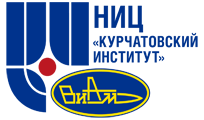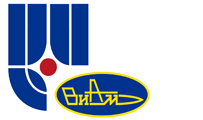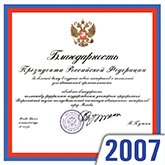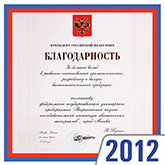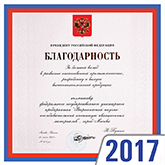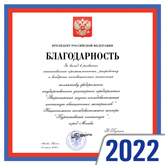ALL-RUSSIAN SCIENTIFIC RESEARCH
INSTITUTE OF AVIATION MATERIALS
INSTITUTE OF AVIATION MATERIALS
+7(499) 261-86-77
admin@viam.ru
Evgeny Kablov spoke about the development of additive technologies in Russia
Evgeny Kablov spoke about the development of additive technologies in Russia
On June 2, 2016 Academician of RAS, Evgeny N. Kablov, Director General of the All-Russian Scientific-Research Institute of Aviation Materials (VIAM) took part in a meeting of the Bureau of the Department of Chemistry and Sciences dealing with materials of Russian Academy of Sciences. The meeting was held at Peter the Great St. Petersburg Polytechnic University.
In the course of the meeting, Evgeny Kablov made a report, devoted to the development of additive technologies in our country. Director General of VIAM reminded the attendees about the Message of the Russian President Vladimir Putin to the Federal Assembly, in which Head of State proposed to implement national technological initiative, which would allow to ensure security of our State, to provide a high quality of people`s lives, to develop new technological way.
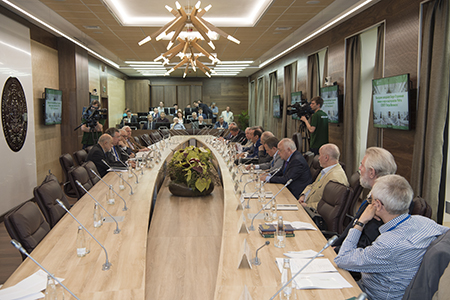
“In this case additive technologies should become a dominant of national technological initiative, which allow industry to make transition to manufacturing technologies of new generation”, - the reporter pointed out. According to him, a close cooperation of science, industry and business is required to develop additive technologies in our country. “We need to join efforts of project, creative teams and fast-growth companies, which are ready to absorb advanced developments, to involve leading universities, research centers, the Russian Academy of Sciences, large business associations of the country”, - he declared.
Speaking about the international experience, Leader of VIAM noted the market growth of additive technologies by 20%, while the share of Russia counted 1,7%. According to him, the main aim is to create conditions, which allow the industry to use more actively possibilities, given by these technologies.
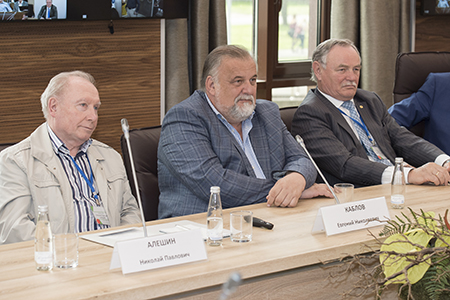
As Evgeny Kablov pointed out, that only two implementation levels of additive technologies really worked in our country such as: auxiliary production and manufacturing of demonstrators, prototypes of parts and structural components without ensuring the requirements of design documents. The third level, representing production of pilot and serial batches of parts, only began to develop. Evgeny Kablov spoke about the achievements of VIAM in this field. “In 2015 specialists of the institute produced a front combustion chamber swirler of advanced aircraft engine PD-14 for the first time in Russia by additive technologies using a domestic metal-powder composition, meeting all requirements of design documents”, - he pointed out.
Focusing on the issue of production of domestic powder compositions, Leader of VIAM said that a closed cycle of additive manufacturing of parts of complex technical systems had been organized to solve that issue at the institute. “Established infrastructure allows to develop technologies and to produce parts in a very short time, meeting the requirements of regulatory documents”, - Evgeny Kablov declared.
According to him, development of regulatory framework for additive technologies was equally important task. In this case, he reported that the Technical Committee on Standardization “Additive technologies” had been established on the basis of VIAM. “Our task is to develop 13 standards, beginning from common directions and finishing with equipment for additive technologies within 2016. It is very important task, because all concerned parties should speak a common language to understand each other”, - Director General of VIAM pointed out.
Evgeny Kablov couldn’t avoid an issue of personnel training. In particular, he noted the importance of establishing scientific and production consortium “New materials and additive technologies”, which included VIAM, Peter the Great St. Petersburg Polytechnic University and Bauman Moscow State Technical University. “The consortium will allow to solve the key issue concerning the training of qualified personnel for additive industry of our country”, - Leader of VIAM concluded.
It should be noted, that the participations of the meeting visited laboratories, scientific and research centers of SPbPU. In particular, they viewed the center of computer technologies, the friction stir welding laboratory, the Russian-German Center for laser technologies as well as the Research Center of materials and additive technologies.
